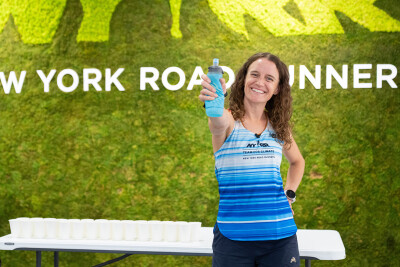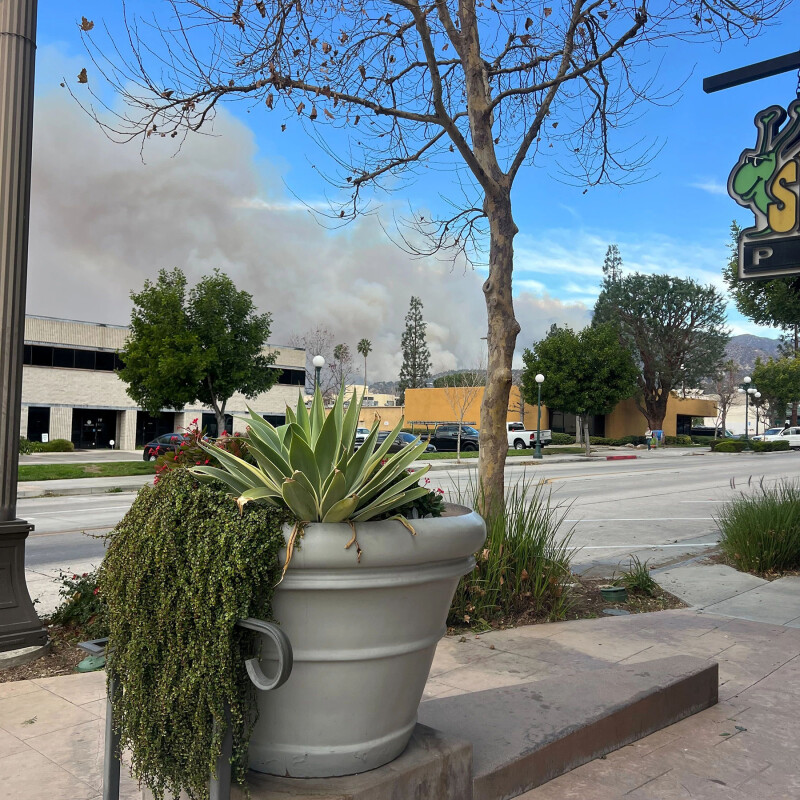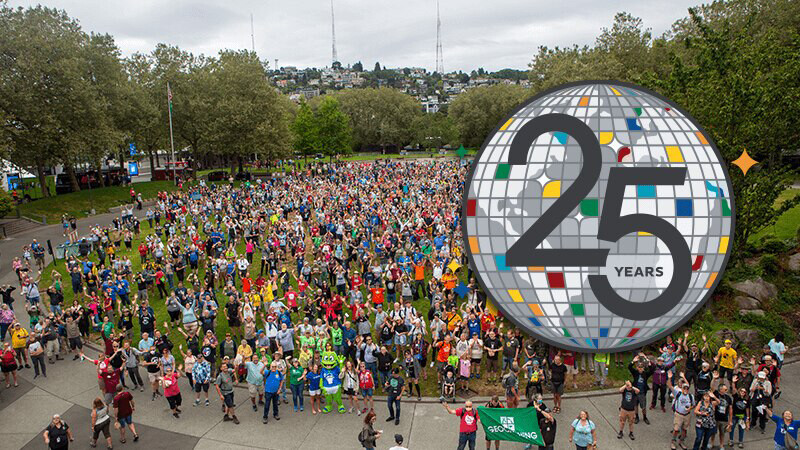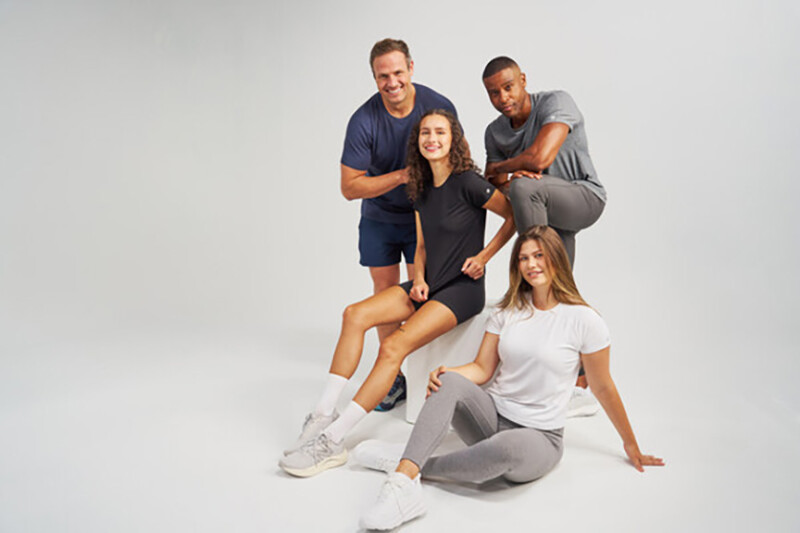Runners are creatures of habit and it can be tough to get them to try something new. They don’t want to do anything to jinx their running, put themselves at a higher injury risk or lose precious seconds when they have worked so hard to be race ready.
A few years ago, I worked with a brand that wanted to get into the running space. They researched and innovated and came out with a product that was worthy of runners. I loved it — and I became a partner and advisor for their journey into the world of running. I was excited to help them understand the community and to encourage runners to give their product a try.
We did get a lot of traction, but there was one major problem: They wanted to sell their product exclusively in their stores. I encouraged them to work with running specialty stores because runners trust their local stores, they know shoes and they know their community. Whenever someone asks me, “What shoe should I wear?” I send them to their local running store, ideally one that has a close relationship with one of the local run clubs or crews.
But the brand was adamant and ultimately did not stay in running, which was sad. I genuinely wanted them to succeed, especially as an environmentally conscious company. One of their reflections was that they had underestimated how embedded running specialty stores are in running culture.
The Sustainability Argument
As a runner and as an environmentalist, I wish every runner would shop at running specialty stores. Local businesses are the beating heart of our towns and cities; we need you. You know the importance of listening to your customers, and while pproduct erformance is still the priority for most runners, many are considering their environmental impact as well. With the rise of online shopping, you have already evolved to be able to stay in business; I believe helping your customers live sustainably is another way to be more secure in the years ahead.
Your store is already the place for runners to gather and to learn about innovations in running gear and you can make it the place for them to put their environmental aspirations into action.
Here are four ways you can do that:
1. Become a drop-off point for TerraCycle (it’s free!). Runners can bring gel and nutrition wrappers of any brand and through a partnership with GU, TerraCycle will recycle them into outdoor furniture, decking, playground equipment or even a watering can.
2.Connect with outfits such as Sneakers4Good, Sneaker Impact, GotSneakers? or Soles4Souls to get a box to put in your store to collect shoes. Ship them to the company for free and they will be passed along, if they have life in them (many shoes that runners consider “done” still have plenty left), or recycled if they are too worn.
3. Set up a clothing collection box. Ideally this will be with a local center for people experiencing homelessness or a group that collects clothing for those who need it.
4. Check out HydraPak’s Re_Pack program, where they upcycle old reusable bottles into composite construction materials.
By offering all four of these, you can become a destination for runners to drop off items — and while they are in your store joining your sustainability effort they may see a sale you have for their favorite shoes and stock up, remember that they need more gels or be reminded that they have want a handheld for their upcoming race. You get their business; they feel good about their eco-friendly actions.
The Merchandise Angle
When it comes to merchandise, of course, as an environmentalist I encourage people to buy less, as we need to use the items we already have (there are enough clothes on the planet to clothe six generations!). But, I still encourage runners to purchase items that they need.
For apparel, the best strategy is to offer high-quality, long-lasting items that can handle multiple runs before needing to be washed and that can be worn week after week, month after month, year after year, without breaking down.
Natural materials, especially Merino wool, are able to handle odor, sweat and many washes, as well as temperature changes. I don’t need to tell you how to look for quality in running clothes or shoes – you know that better than I ever could – but encouraging runners to purchase fewer, higher quality items is better for the planet and will give them an affinity for your store and a desire to return again and again. A few pieces of advice:
• One trend in this direction is that more runners are choosing to run races with their own handhelds, vests and belts. Hydration bottles have come a long way over the past decade and you can offer an extensive range of products for runners to try out.
• Whenever possible, give smaller brands the opportunity to be on your shelves. When big-box stores and online retailers came into the picture, you knew how it felt to be small and authentic. Give those new entrepreneurs who are trying to make a difference a chance.
• Ask customers if they want a bag, instead of automatically giving them one. Most people take bags mindlessly and that simple question can be enough to make them realize they don’t actually need one. If you’re able to, offer paper bags.
• Have a community bulletin board to serve as the hub for what’s going on in your area. Make it fun and include activities that runners may enjoy beyond local races and running events. The more that local businesses stick together and support each other’s work, the stronger the community becomes.
• Runners often stick to the same routes, other than when they’re traveling, but for almost all of us there are plenty of places to explore close to home. Are you able to arrange some day trips to explore local parks and paths that you have heard (or maybe know) are good for running, but that others may not have enjoyed? That nudge to try something new will be well received and runners will be grateful to you for stoking their joy of exploration.
In 2023, the Palmetto Running Store, which fiercely prioritizes sustainability and goes above and beyond to find innovative ways to be both a good environmental steward and a successful business, earned The Running Event’s prestigious Store of the Year Award. The Running Event’s choice of an eco-conscious retailer demonstrates how much sustainability is appreciated within the running community.
While making these changes may involve extra effort, you have those runner habits that also make us great environmental advocates: stubbornness, resilience and the ability to adapt. You got this.
_____________
Get Involved: Racing for Sustainability
Racing for Sustainability has a vision: A world where sustainability is as integral to a race as the start and finish lines. While major races have the resources to execute impactful green initiatives, small and mid-sized races often lack the funding and guidance to do the same. Racing for Sustainability (RFS) bridges the gap between sustainability ambition and implementation in races of all sizes by providing race organizers with the tools to reduce waste, conserve resources and foster a culture of environmental responsibility.
RFS gives its members expert advice and the tools to put that advice into action, including editable templates, PDFs to send to runners and volunteers and ready-to-use content to copy and paste. Once a race has achieved at least 15 of their sustainability initiatives, they receive the digital Racing for Sustainability badge to display on their website, social media and emails to promote their efforts. Ultimately, the organization’s website will include a directory of races that have earned the RFS badge, so that runners who want to support sustainable races have an easy way to find them.
If you’d like to support the work RFS is doing to make it easy for races to be more eco-friendly, please consider donating. With a donation of $25 or more, you’ll receive the Running…and Beyond guide to help you take the next step in your personal sustainability journey. Learn more at racingforsustainability.org.






